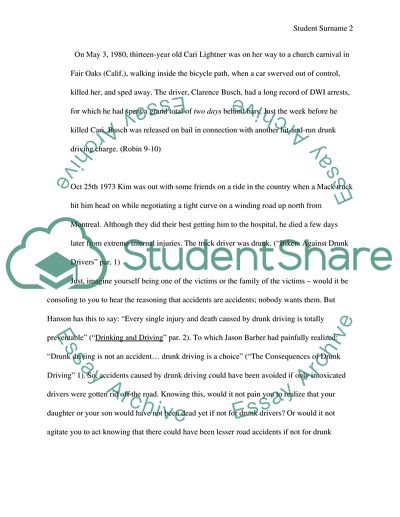Cite this document
(Drunk Driving Research Paper Example | Topics and Well Written Essays - 2000 words, n.d.)
Drunk Driving Research Paper Example | Topics and Well Written Essays - 2000 words. Retrieved from https://studentshare.org/sociology/1730078-drink-driving
Drunk Driving Research Paper Example | Topics and Well Written Essays - 2000 words. Retrieved from https://studentshare.org/sociology/1730078-drink-driving
(Drunk Driving Research Paper Example | Topics and Well Written Essays - 2000 Words)
Drunk Driving Research Paper Example | Topics and Well Written Essays - 2000 Words. https://studentshare.org/sociology/1730078-drink-driving.
Drunk Driving Research Paper Example | Topics and Well Written Essays - 2000 Words. https://studentshare.org/sociology/1730078-drink-driving.
“Drunk Driving Research Paper Example | Topics and Well Written Essays - 2000 Words”, n.d. https://studentshare.org/sociology/1730078-drink-driving.


